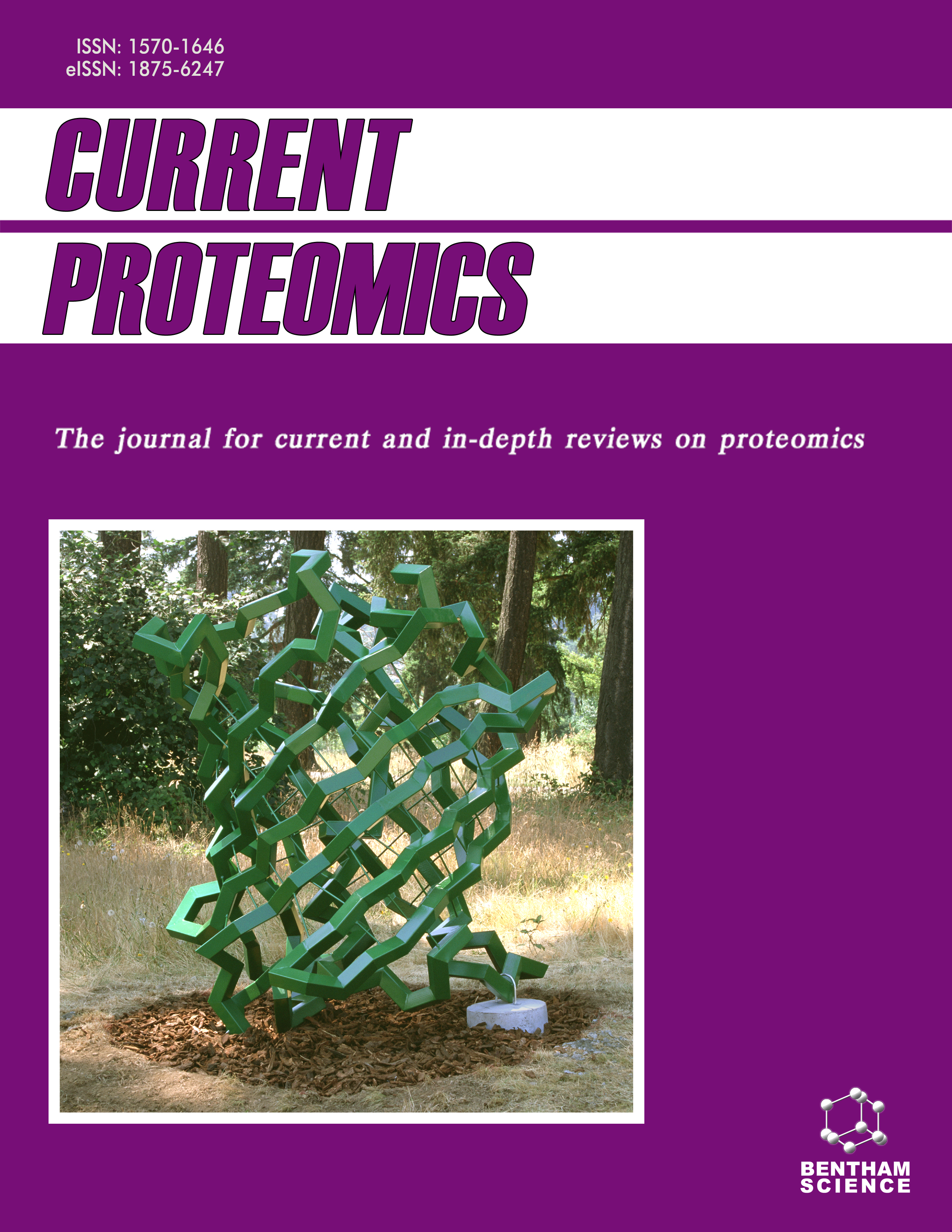
Full text loading...
The aim of this study is to compare the molecular differences between the normal liver (NG) and attached liver (WG) of Glyptosternum maculatum (G. maculatum) based on label-free and TMT-labeled proteomics data. It provides a theoretical basis for the adaptation of G. maculatum in the plateau area with low temperature and low oxygen.
The differentially expressed proteins (DEPs) of label-free and TMT-labeled proteomics data were analyzed by Gene Ontology (GO), Kyoto Encyclopedia of Genes and Genomes (KEGG) pathway, and protein structural domain (PSD) enrichment, and protein network interactions were constructed to reveal protein characteristics.
In the label-free and TMT-labeled groups, we detected a total of 643 and 107 DEPs; 7 common DEPs (co-DEPs) were selected through PPI network information. Higher expression of evm.model.chr5.73, evm.model.chr18.610, evm.model.chr10.1201, and HIF-1 signaling pathway were associated with a hypoxic environment. evm.model.chr15.573, evm.model .chr5.320, evm.model.chr6.360, and evm.model.chr18.610 were associated with WG production. Significant expression of Ubiquitin-like protein 4A and Heat shock 70 kDa protein protects liver cells from injury in a hypothermic and hypoxic environment.
In terms of the number of DEPs, the labelling-free method is superior to the TMT-labeled method. The TMT-labeled method is better in terms of repeatability and accuracy. The myosin11 not only responds to low temperature and low oxygen but may also lead to WG production through Tight junctions. The NG may be more sensitive than WG in stress response to cancer and viral infections.

Article metrics loading...

Full text loading...
References


Data & Media loading...
Supplements

